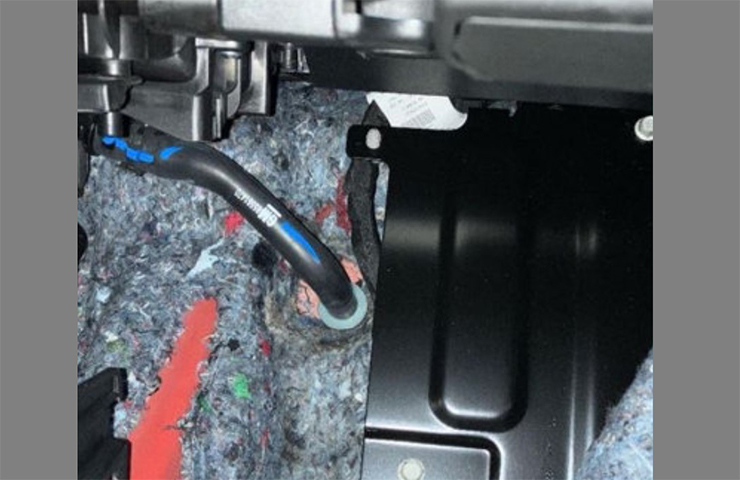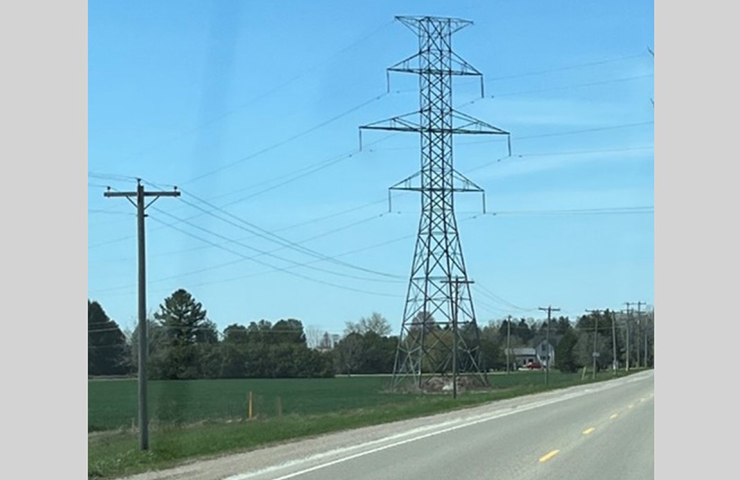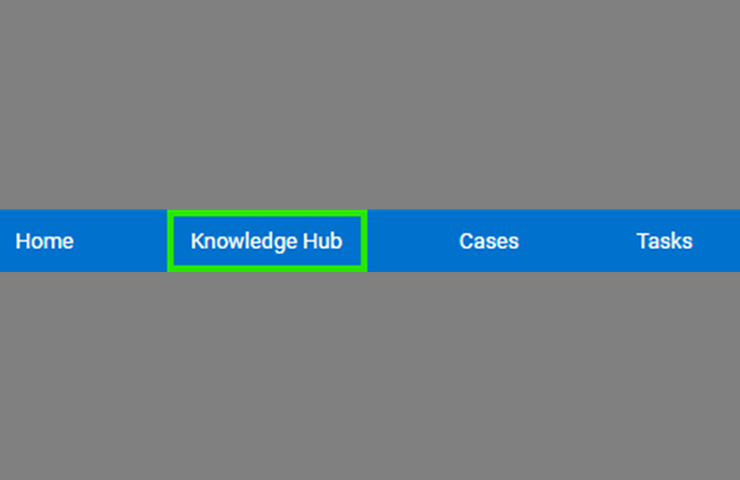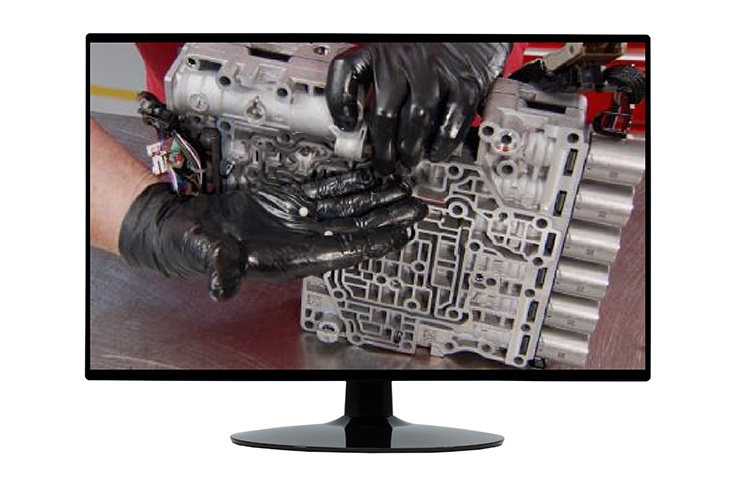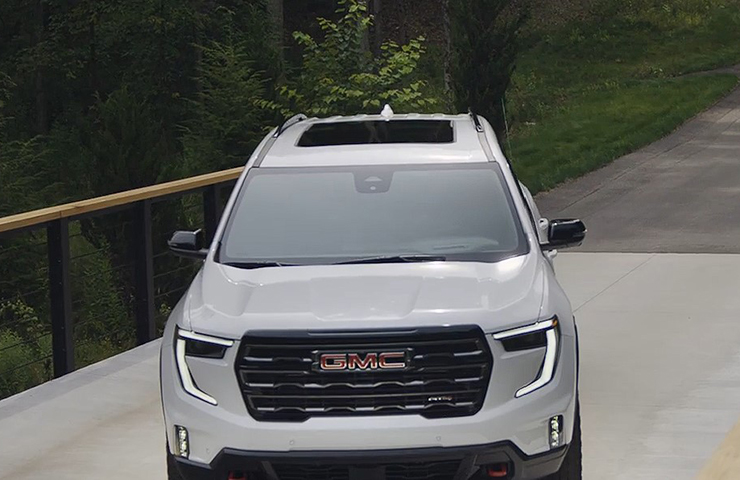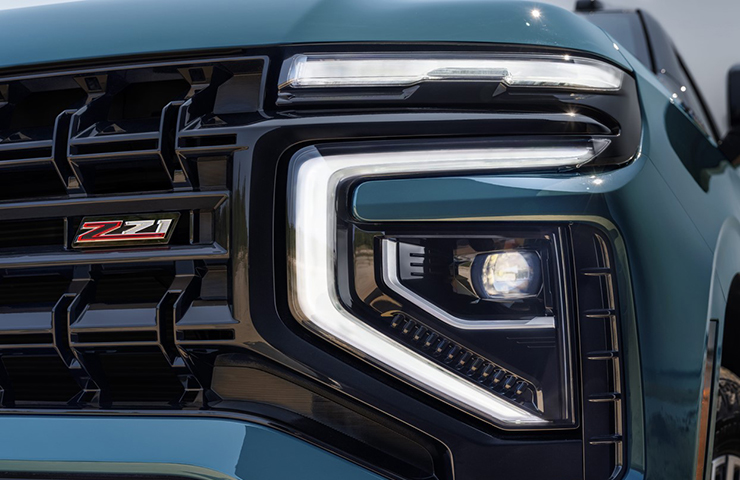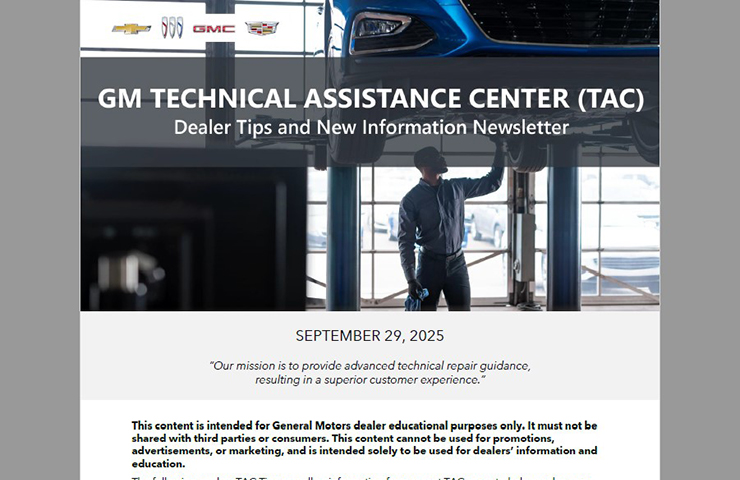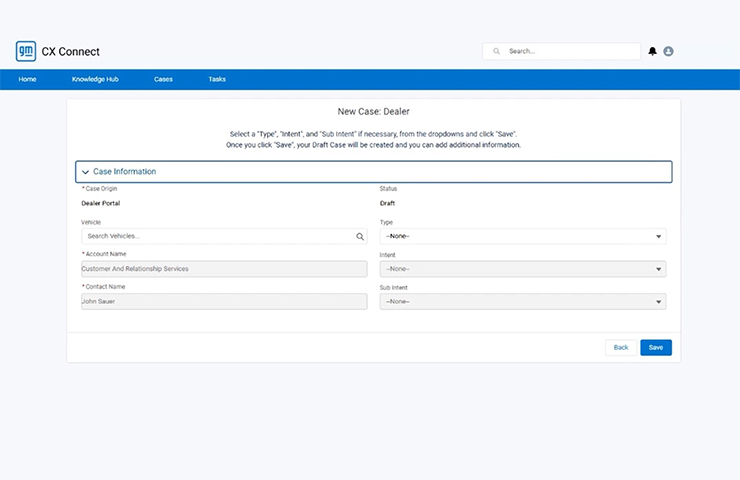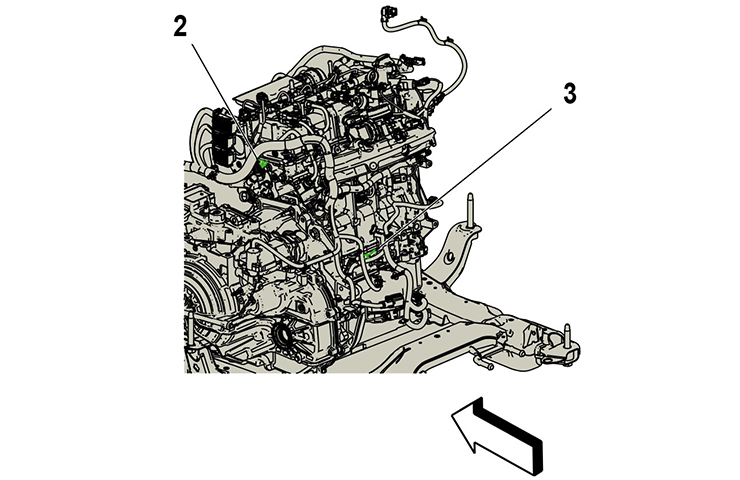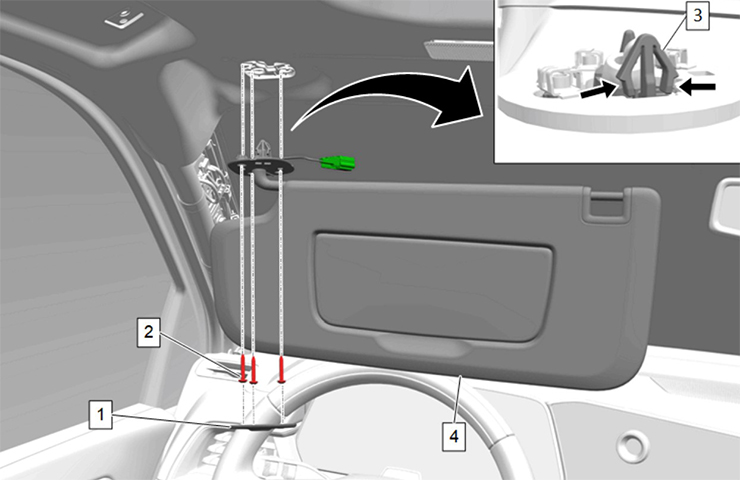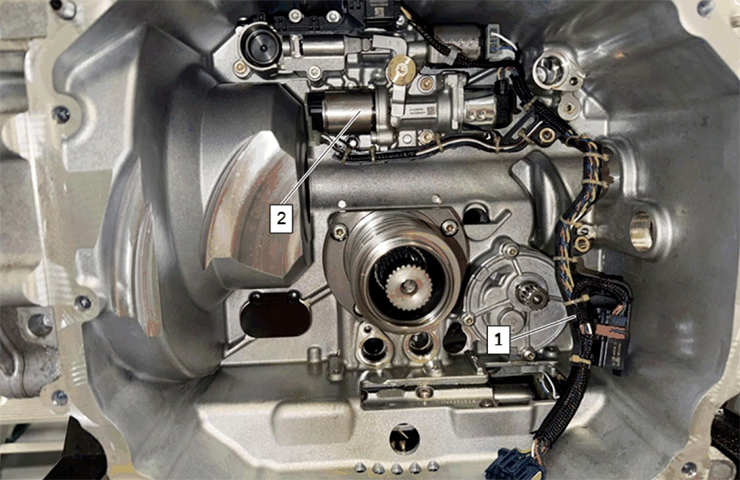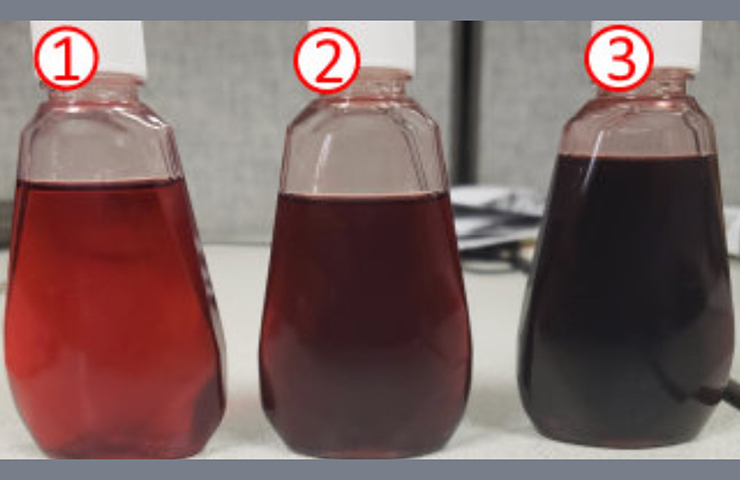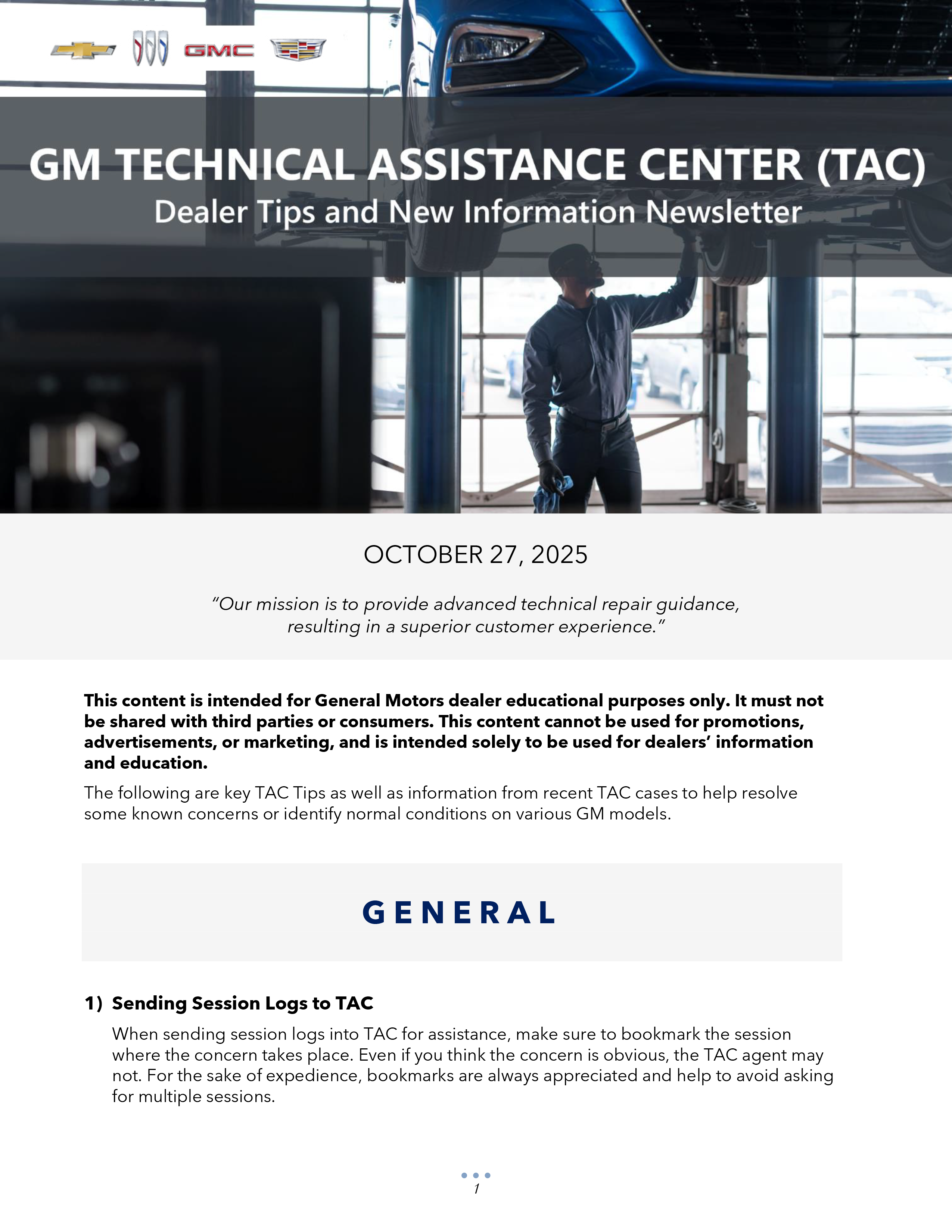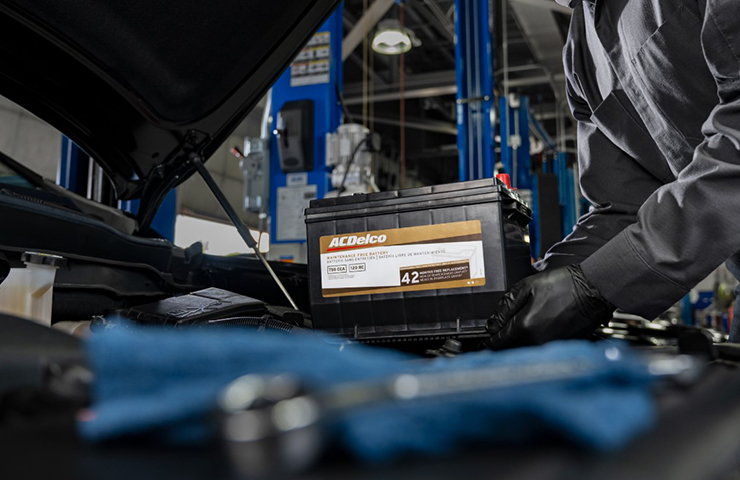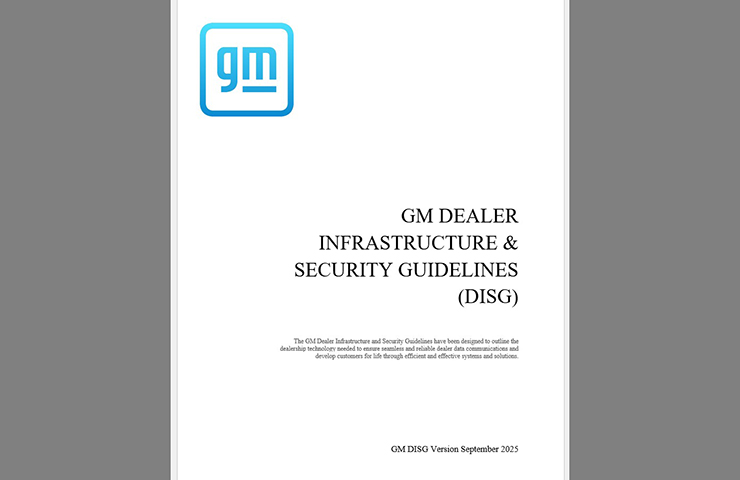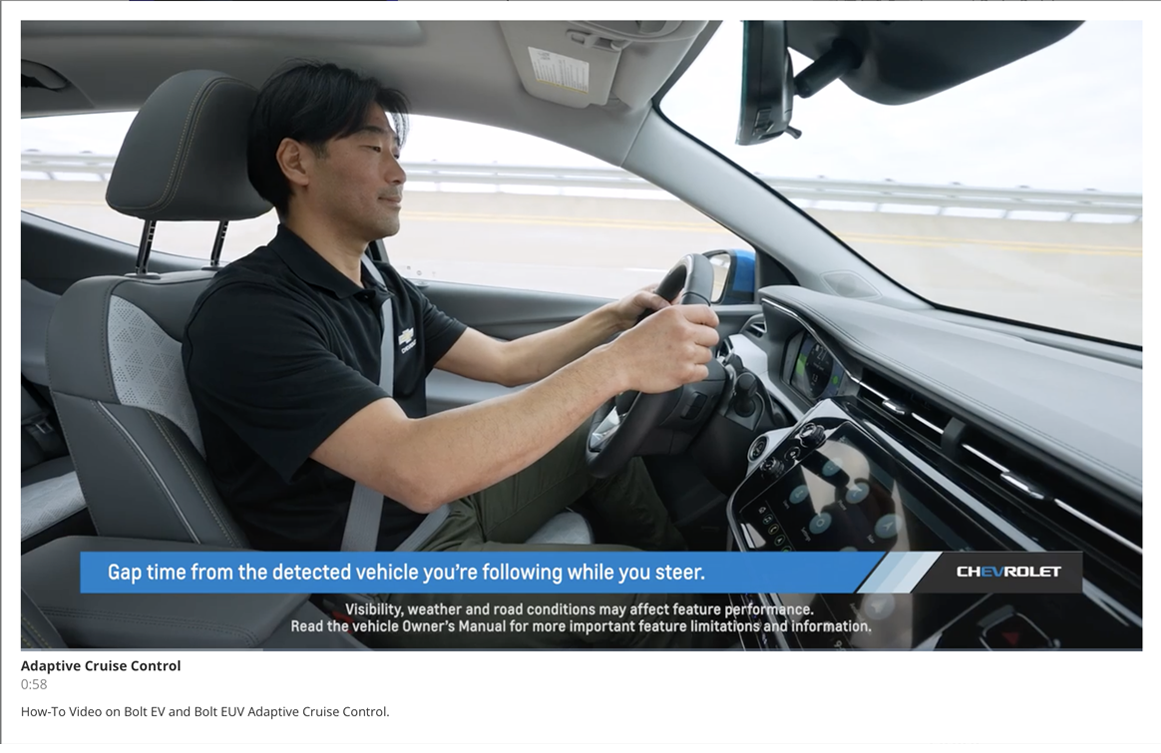Poor engine performance may be due to fuel contamination on some 2014-2019 Cruze models equipped with the 2.0L diesel engine (RPO LUZ); 2018-2019 Equinox and Terrain models equipped with the 1.6L diesel engine (RPO LH7); 2017-2025 Silverado 1500, Silverado 2500HD/3500HD, Sierra 1500, Sierra 2500HD/3500HD models equipped with the 3.0L diesel engine (RPO LM2, LZ0) or 6.6L diesel engine (RPO L5P, L5D); and 2021-2024 Escalade and 2021-2025 Tahoe, Suburban and Yukon models equipped with the 3.0L diesel engine (RPO LM2, LZ0). One or more of the following fuel-related DTCs may be set: P0087, P0171, P0172, P026D, P0300, P0461, P0463, P1029, P1089, P129F, P2264, P228A, P228B, P228C, P228D and P2A00.
If these conditions are found, the first step in diagnosis is to gather a fuel sample and test for contamination prior to performing any other repairs. (Fig. 1)
TIP: Refer to Bulletin #24-NA-225 for more information on fuel contamination, including the labor operation for technicians to collect and evaluate the fuel sample.
 Fig. 1
Fig. 1
To determine if the fuel is contaminated:
- Test for Diesel Exhaust Fluid (DEF) or water in the fuel.
- Test the specific gravity of the fuel.
- Visually inspect the fuel sample for color and clarity.
- Check for any fuel separation.
- Test for gasoline in the fuel.
TIP: Do not remove the fuel filter. A fuel sample must be collected from the fuel filter water drain.
Before collecting a fuel sample, clean the water separator drain area of the fuel filter assembly to get a clean sample. After opening the fuel filter drain plug, drain 1 liter (0.9 quarts) of fuel. (Fig. 2) It may be necessary to use GDS 2 to activate the fuel tank fuel pump to collect the sample.
 Fig. 2
Fig. 2
DEF or Water in Fuel
DEF or water in the fuel will be clear in color and will sink below the diesel fuel at the bottom of the container. (Fig. 3) A small amount of water, since the sample was collected from the water drain on the fuel filter assembly, is considered normal.
 Fig. 3
Fig. 3
If DEF or water is suspected, insert Litmus paper into the sample for 10–15 seconds. Within one minute of removing the Litmus paper, compare it with the supplied color scale. If the level is 10 pH or greater, DEF is in the sample. (Fig. 4)
 Fig. 4
Fig. 4
Fuel Specific Gravity Testing
Using the J-38641-B Diesel Fuel Quality Tester, fill the hydrometer with the fuel sample until the fuel completely floats the glass bulb inside the tube. Gently spin the hydrometer to relieve the surface tension of the fuel sample and then read the scale on the glass bulb. Any sample above 45 that is not renewable diesel fuel should be tested for gasoline.
Visual Inspection
Diesel fuel that has a cloudy appearance suggests that there is excessive water in the fuel. (Fig. 5) Let the sample sit until the water separates to determine if the sample is contaminated. Further testing may be needed.
 Fig. 5
Fig. 5
Fuel Separation
Any sediment in the fuel sample indicates that the fuel filter is not operating properly and may be damaged or not installed correctly. Any separation of the fuel would point to contamination.
Gasoline in Fuel
If gasoline is suspected in the diesel fuel, place the sample in a Styrofoam cup, and then place the cup in an approved fuel container. Fuel contaminated with gasoline will melt the Styrofoam cup within 30 minutes. Any amount of gasoline will melt the Styrofoam cup, but a small amount that does not melt the cup within 30 minutes will not be an issue.
For additional information about testing for fuel contamination, refer to Bulletin #24-NA-225.
Thanks to Larry Yaw


